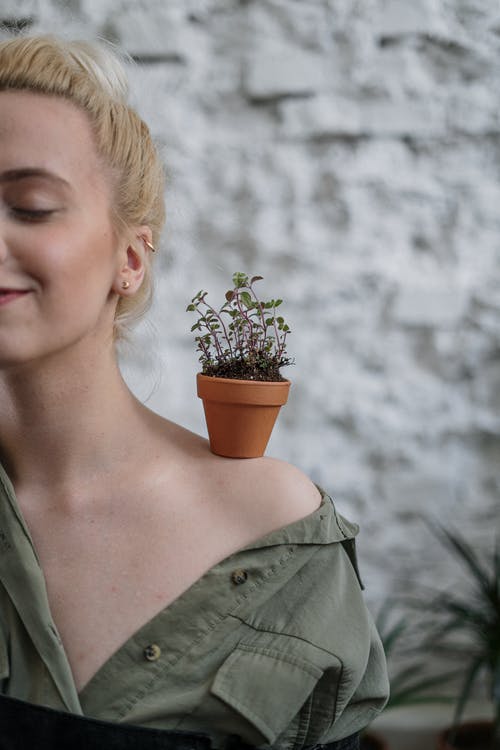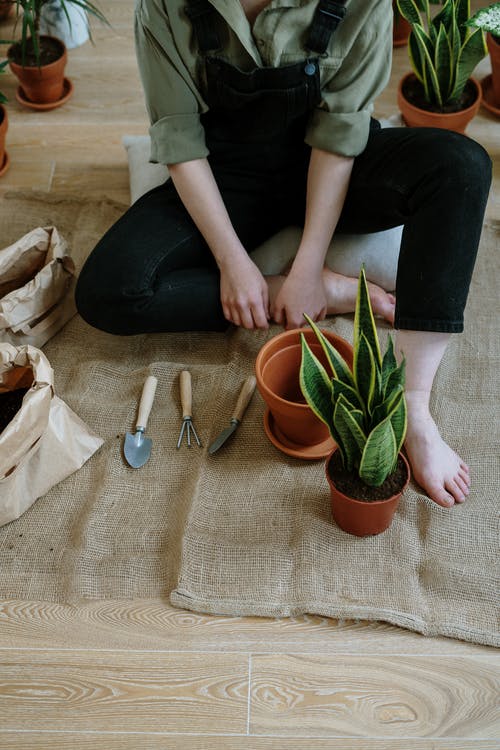 *In the cold season, plant care changes due to the reduction in daylight hours and the heating season. You may need additional steps to recreate the conditions of the natural habitat of the plants. When rearranging plants, make sure that they aren’t standing in a draft: cold air threatens leaf fall, especially in rubber plants. Also, don’t place plants directly next to heating.
*In the cold season, plant care changes due to the reduction in daylight hours and the heating season. You may need additional steps to recreate the conditions of the natural habitat of the plants. When rearranging plants, make sure that they aren’t standing in a draft: cold air threatens leaf fall, especially in rubber plants. Also, don’t place plants directly next to heating.
1. Pay attention to lighting
It is important to check which of your plants needs supplemental lighting. Naturally, additional lighting is needed for cacti and succulents (except for aloe and haworthia) — these are the inhabitants of the deserts: dry air is just right for them, but the fact that there is a little sun in winter is absolutely negative. Without supplementary lighting, succulents and cacti will freeze in growth or begin to grow, stretching out and losing their aesthetic qualities. Ferns and arrowroots may also need additional lighting, but it is more crucial for them to adjust the humidity level and proper watering first.
2. The second is air humidity
If the air is extremely dry, and you have palm trees, rubber plants, ferns, or flowers like peony plants, then you will need a humidifier to maintain the humidity at 60–70% and above. There are humidifiers with built-in thermometers and hygrometers, or you can buy them separately to monitor humidity levels.
Usually, it is hard to manage it by spraying plants alone because all the sprayed water evaporates in a matter of minutes. But if you like to spray, then do it. It is a fairly meditative process. If the heating isn’t very aggressive, then spraying may be enough.
 3. The third important thing is watering
3. The third important thing is watering
Due to the reduction in daylight hours, the metabolism slows down in plants, and they hibernate. But, of course, not all of them. For example, the Decembrist begins to bloom in winter. By default, plants don’t need to be fertilized during the cold season, and they also need to be watered less frequently.
In autumn and winter, it is better not to replant plants unless there is an urgent need. For example, if the plant has signs of a flood, and you need to check if the root system is alive and save it. In this case, in the first month after replanting, it is worth watering plants with zircon — this will help the plant to cope with double stress (change of season of the year and transplant), and the root system to develop faster. In other cases, it is better to postpone the transplant until spring because there is a risk that the plant won’t take root.
We Publish News 24/7. Don’t Miss A Story. Click HERE to SUBSCRIBE to Our Newsletter Now!





